1. Mayor McCheese (McDonald’s)
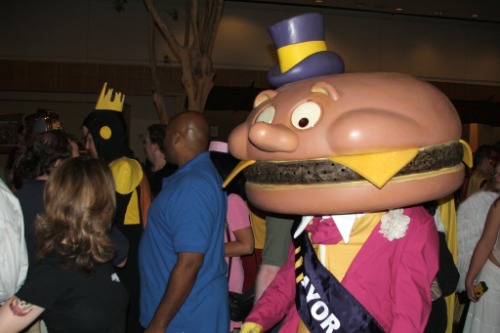
Long before branding was sleek and minimal, McDonald’s leaned hard into weird and whimsical with McDonaldland—and its bumbling, burger-headed mayor. Mayor McCheese wore a sash, a top hat, and spoke like he was campaigning for best cheeseburger-in-chief. He brought a surreal sense of civic order to the fast-food fantasy land, often seen alongside Ronald, Officer Big Mac, and the Hamburglar. Somehow, a cheeseburger with a voice and a political agenda became one of the most iconic faces of the chain.
Unfortunately, his reign was cut short due to legal troubles, according to Felix Behr from Mashed. The creators of H.R. Pufnstuf sued McDonald’s for copying their style and characters, and Mayor McCheese looked a little too much like someone from their show. As the lawsuit gained traction, the fast food giant quietly removed him from commercials. By the ’90s, he was out of office, living on only through vintage merch and die-hard nostalgia.
2. Speedee (McDonald’s)
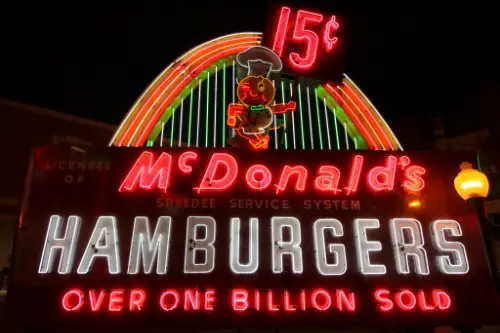
Before Ronald McDonald made his red-and-yellow debut, there was Speedee—the very first mascot of McDonald’s, Kaila Imada from Time Out explains. Dressed as a chef with a burger-shaped head and a cheeky wink, Speedee was all about efficiency and fast service. He proudly stood under the arches at the original locations, literally advertising the brand’s “Speedee Service System.” The name may not have been subtle, but it told customers exactly what to expect.
However, when Ray Kroc took over and shifted the company’s image, Speedee got shown the door. Ronald McDonald was seen as a more kid-friendly and versatile mascot who could carry the brand into TV commercials and toys. Speedee quietly disappeared, relegated to historical trivia. You can still spot him in early advertising or as a retro design on throwback packaging.
3. Mac Tonight (McDonald’s)
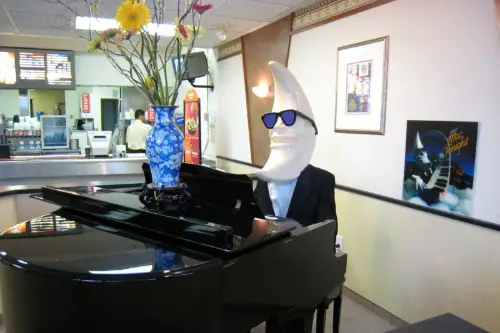
With a crescent moon for a head and slick Ray-Bans, Mac Tonight was McDonald’s answer to the late-night crowd in the ‘80s. He tickled the ivories while singing a jazzy version of “Mack the Knife,” urging customers to grab a Big Mac after dark. With his cool lounge-lizard energy, he managed to make burgers feel somehow sophisticated. For a short while, it worked—people couldn’t stop talking about the moon-headed crooner.
But the magic wore off. By the early ‘90s, he was already fading into obscurity due to legal issues with the song’s copyright. Things got worse in the 2000s when internet trolls turned him into a disturbing meme, completely derailing his legacy. These days, McDonald’s stays far away from Mac Tonight, even though older fans still hum his jingle now and then.
4. The Burger King (Burger King)
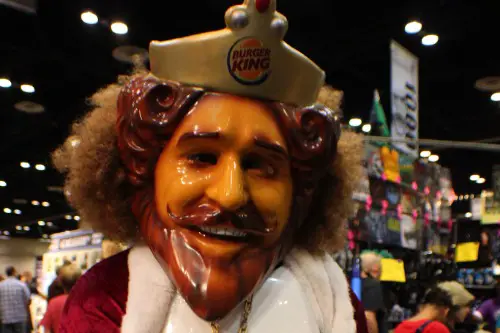
The original Burger King mascot from the ‘70s was a magic-wielding, cartoonish king who brought Whoppers and smiles to children everywhere. He was part of a whimsical fantasy world similar to McDonaldland and appealed to the Saturday morning cartoon generation. But as tastes changed, Burger King cycled through different mascots before landing on something far more… unsettling, according to Nico Danilovich from Tasting Table.
In the 2000s, the King returned in a plastic-faced, silent reboot who popped up in people’s beds and backyards. He was creepy, weirdly hilarious, and completely unforgettable. While the ads were viral gold, they eventually alienated enough customers that the King was put back in the castle. Still, that haunting smile lives on in memes and marketing textbooks everywhere.
5. Officer Big Mac (McDonald’s)
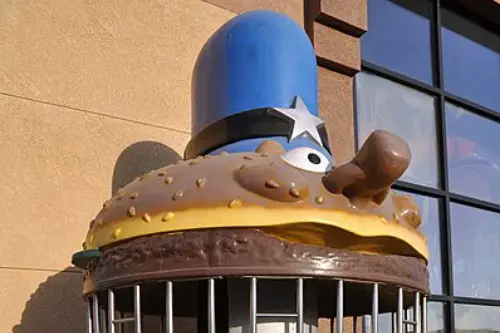
Part lawman, part burger, Officer Big Mac was another resident of McDonaldland who patrolled the streets to keep the Hamburglar in line. With his massive Big Mac head and blue police uniform, he was equal parts absurd and endearing. He often worked alongside Mayor McCheese and added a layer of “law and order” to the otherwise chaotic burger utopia. His whole schtick was silly enforcement of food-based rules—and kids ate it up.
But like many of McDonald’s stranger creations, Officer Big Mac got phased out as the brand tightened up its image, according to Matt Meltzer from Mashed. The character quietly vanished in the ‘80s, likely due to changing views on police mascots and Ronald’s growing monopoly on screen time. Today, Officer Big Mac is mostly remembered by collectors and retro ad enthusiasts. Still, there’s something charming about a law enforcement officer whose head was made of lunch.
6. Grimace’s Evil Twin (McDonald’s)
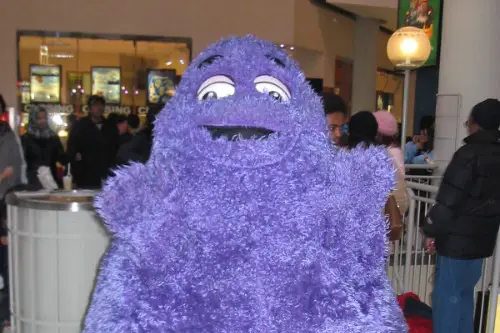
Before he was a goofy, purple blob of happiness, Grimace started his career in the McDonald’s universe as a villain. Known as the Evil Grimace, he had four arms and an unquenchable thirst for stealing milkshakes. Kids were supposed to fear him—but really, they were more confused than anything. He looked like a mutant gumdrop with a milkshake obsession.
Thankfully, McDonald’s quickly reimagined him into the lovable goof we all know today. They dropped the “evil” angle, chopped off two of his arms, and made him Ronald’s sweet, dim-witted sidekick. The Evil Grimace was scrubbed from the canon, like a dark chapter in fast food lore. But if you dig deep enough, you’ll find that even the happiest mascots have a weird origin story.
7. The Noid (Domino’s Pizza)
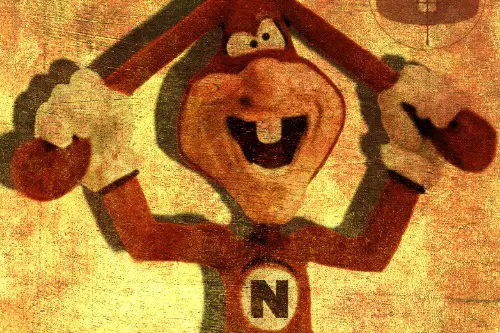
The Noid was Domino’s chaotic little gremlin in the ‘80s who existed solely to ruin your pizza. Whether it was turning it cold, crushing it, or just generally causing mayhem, the Noid was the embodiment of delivery disasters. Domino’s whole marketing pitch was about helping you “Avoid the Noid,” which somehow worked brilliantly. He even starred in his own bizarre video game, “Yo! Noid.”
Then things took a dark turn. A mentally ill man named Kenneth Noid thought the commercials were targeting him personally, and in a tragic incident, he held Domino’s employees hostage, according to Matt Blitz from Food & Wine. Though no one was harmed, the company quietly pulled the character soon after. The Noid has seen brief comebacks, but never quite the same charm—or chaos.
8. The Quiznos Spongmonkeys (Quiznos)
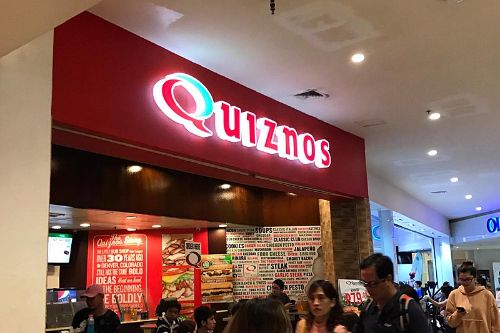
In 2004, Quiznos made a bold marketing choice: mutant gerbil-things with human teeth singing off-key about subs. These were the Spongmonkeys—horrifying, internet-meme-inspired creatures that loved Quiznos “because they are good to us!” With bulging eyes and shrill voices, they were memorable for all the wrong reasons. It was like an acid trip squeezed into 30 seconds of TV airtime.
The campaign was short-lived but instantly infamous. Viewers were equal parts intrigued and disgusted, and sales didn’t exactly skyrocket. Quiznos quickly pivoted away from nightmare fuel to more traditional advertising. Still, in the world of weird fast-food mascots, the Spongmonkeys reign supreme as chaotic royalty.
9. The Taco Bell Chihuahua (Taco Bell)
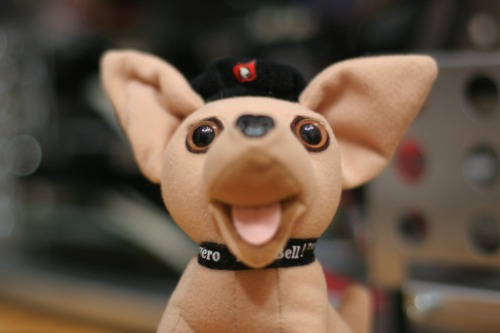
With the catchphrase “¡Yo quiero Taco Bell!” and a tiny frame packed with personality, the Taco Bell Chihuahua became an icon in the late ‘90s. Voiced by comedian Carlos Alazraqui, the dog appeared in dozens of ads and even had his own line of toys and merch. He was adorable, marketable, and oddly persuasive when it came to ordering tacos. For a while, he was the most recognizable fast food mascot in America.
But the campaign fizzled out in 2000 amid controversy. Some accused the ads of promoting stereotypes, while others just thought the gimmick had run its course. To make matters worse, Taco Bell ended up paying $42 million to the creators of the idea after a legal battle. The Chihuahua quietly vanished, but his legacy still echoes through pop culture references and nostalgic commercials.
10. The Dairy Queen Lips (Dairy Queen)
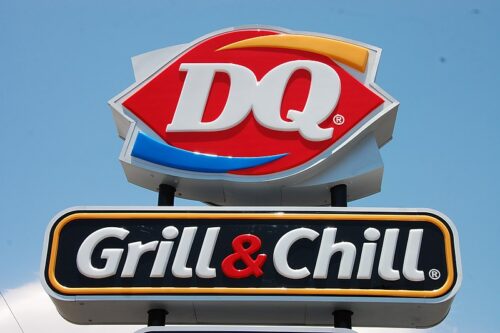
Sometimes, less is more—and sometimes, less is just plain weird. In the mid-2000s, Dairy Queen decided to use a pair of floating, disembodied lips as their spokesperson. No body, no face—just a sarcastic, animated mouth talking up burgers and Blizzards. It was meant to be edgy and modern, but it mostly came off as unsettling.
Some people loved the quirkiness, others found it creepy, and most just wondered why. Eventually, Dairy Queen moved on from the lips and back to showcasing their food more directly. But for a brief moment, a pair of talking lips made a serious attempt at becoming the face of a national brand. It’s the kind of advertising decision you can’t unsee—no matter how much you want to.
11. Rodney Rooster (Hardee’s)

Long before Hardee’s leaned into spicy ad campaigns and oversized burgers, it had a wholesome mascot named Rodney Rooster. Rodney was a bright, cheerful cartoon bird who mostly pushed the brand’s breakfast menu. He appeared in kids’ commercials, on coloring books, and in signage at early locations. His sunny personality was a perfect fit for morning meals.
As the brand grew and shifted toward edgier marketing, Rodney quietly disappeared. By the ‘90s, Hardee’s was all about meat, muscle, and late-night cravings—no place for a cartoon rooster. Today, Rodney is a footnote in fast food history, remembered mostly by those who grew up seeing him on TV before school. Still, there’s something kind of sweet about a mascot that just wanted you to eat your eggs.
12. The Jack in the Box Clown (Jack in the Box)
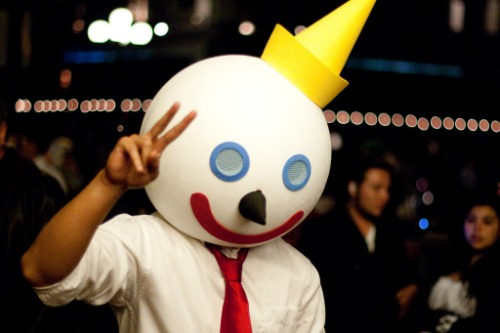
Before the sarcastic Jack Box we know today, Jack in the Box had a literal jack-in-the-box clown as its mascot. He was a classic ‘50s-style figure who sat atop drive-thru menus and popped up in commercials to bring cheer and burgers. But by the ‘80s, the chain wanted a fresh start and decided to literally blow up the clown in an ad. That commercial, featuring execs demolishing the old mascot, marked a new era.
It was a bold move, and it paid off—people saw Jack in the Box as more modern and forward-thinking. Eventually, they introduced a reimagined Jack, complete with his suit, sarcasm, and iconic ping-pong ball head. While the old clown is long gone, he helped shape the quirky personality the brand is known for today. And honestly, we’re all better off with the upgrade.
13. L’il Mikey Milk Bottle (Kroger)
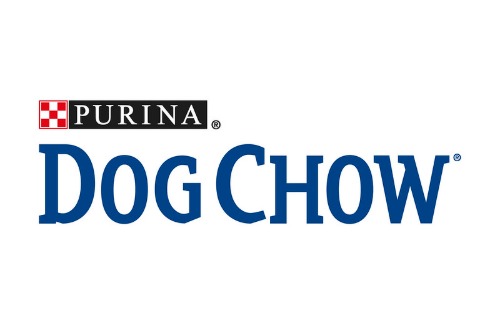
Back in the ’80s, Kroger launched a cheerful little milk bottle named L’il Mikey to promote its store-brand dairy products. With cartoon eyes, a jaunty smile, and a little blue cap, Mikey starred in in-store displays and coloring contests for kids. He didn’t appear on TV often, but he was a fixture in the aisles—especially near the dairy section. His main goal? To make drinking milk feel just a bit more fun.
Eventually, L’il Mikey disappeared as the chain updated its packaging and branding. The minimalist wave of the 2000s didn’t have room for anthropomorphic beverages. Still, Mikey holds a nostalgic place in the hearts of shoppers who remember browsing Kroger as kids. If you ever saw a milk bottle smiling at you from a price tag, it was probably him.
14. Chuck Wagon Dog (Purina Dog Chow)
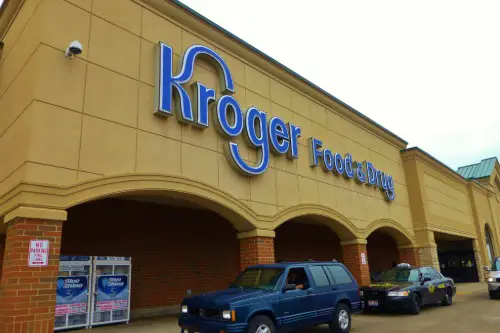
In the ‘70s and ‘80s, Purina had a legendary mascot: the Chuck Wagon Dog. Commercials featured a tiny cowboy wagon bursting out of cabinets and being chased through the kitchen by a very enthusiastic dog. It was a surreal blend of live-action and animation, and somehow it worked. Kids loved it, and dogs (presumably) did too.
Though the ads were beloved, they were eventually phased out as Purina shifted to more modern branding. The Chuck Wagon Dog’s legacy lives on in retro ad compilations and boomer memories. It might not have been your typical mascot, but for pet food, it was as close to iconic as you could get. Admit it—you’re already picturing that tiny wagon zipping across your linoleum floor.


